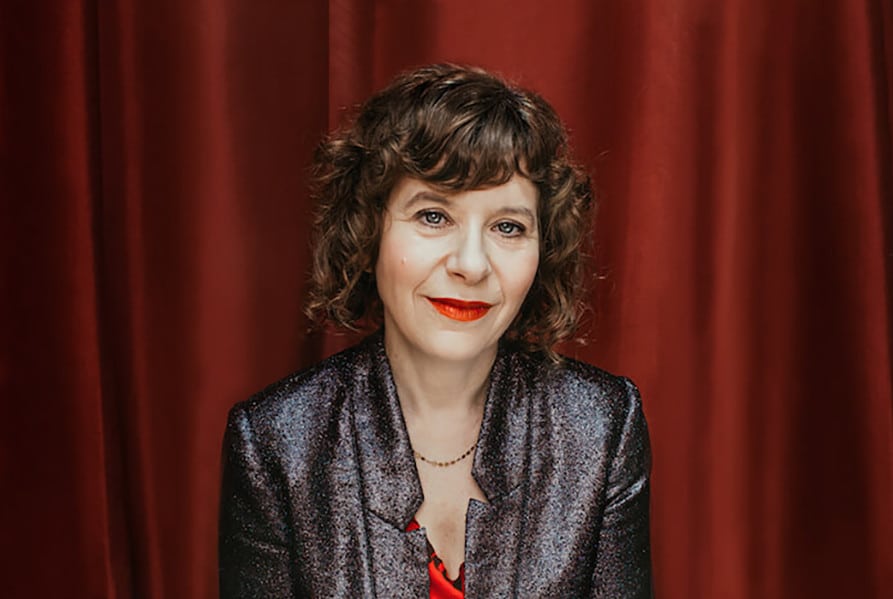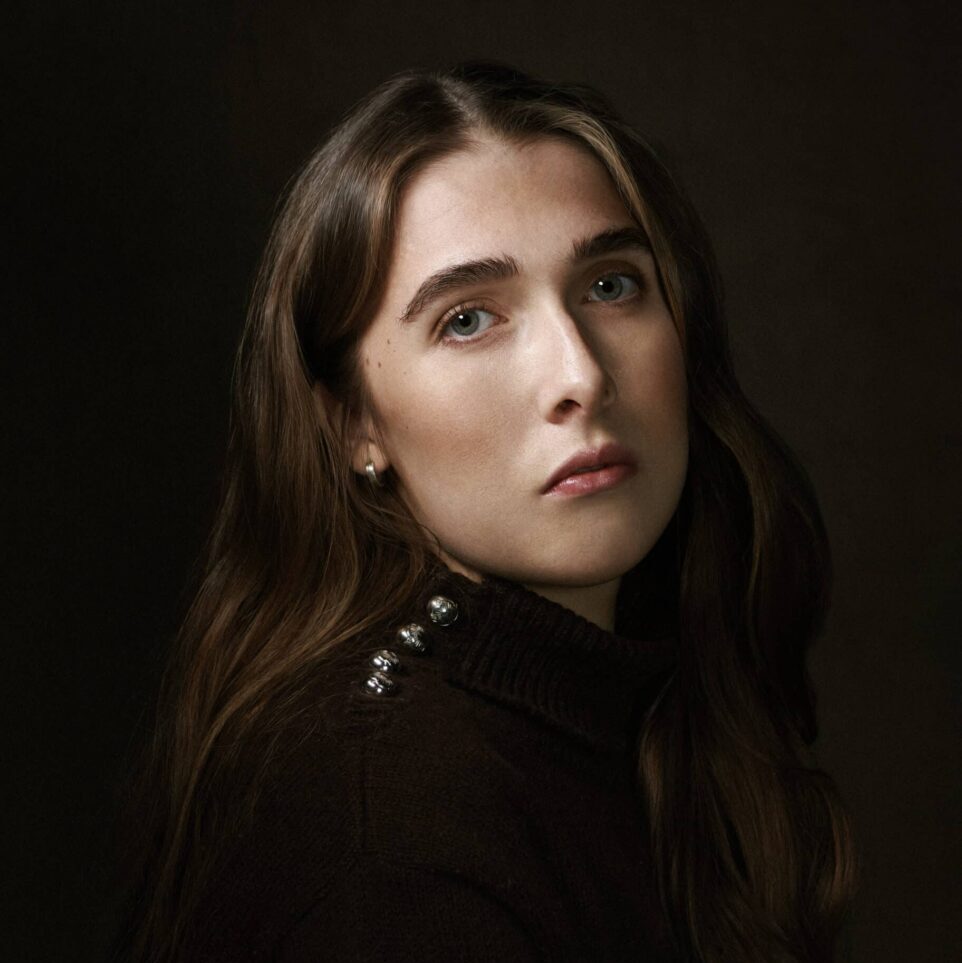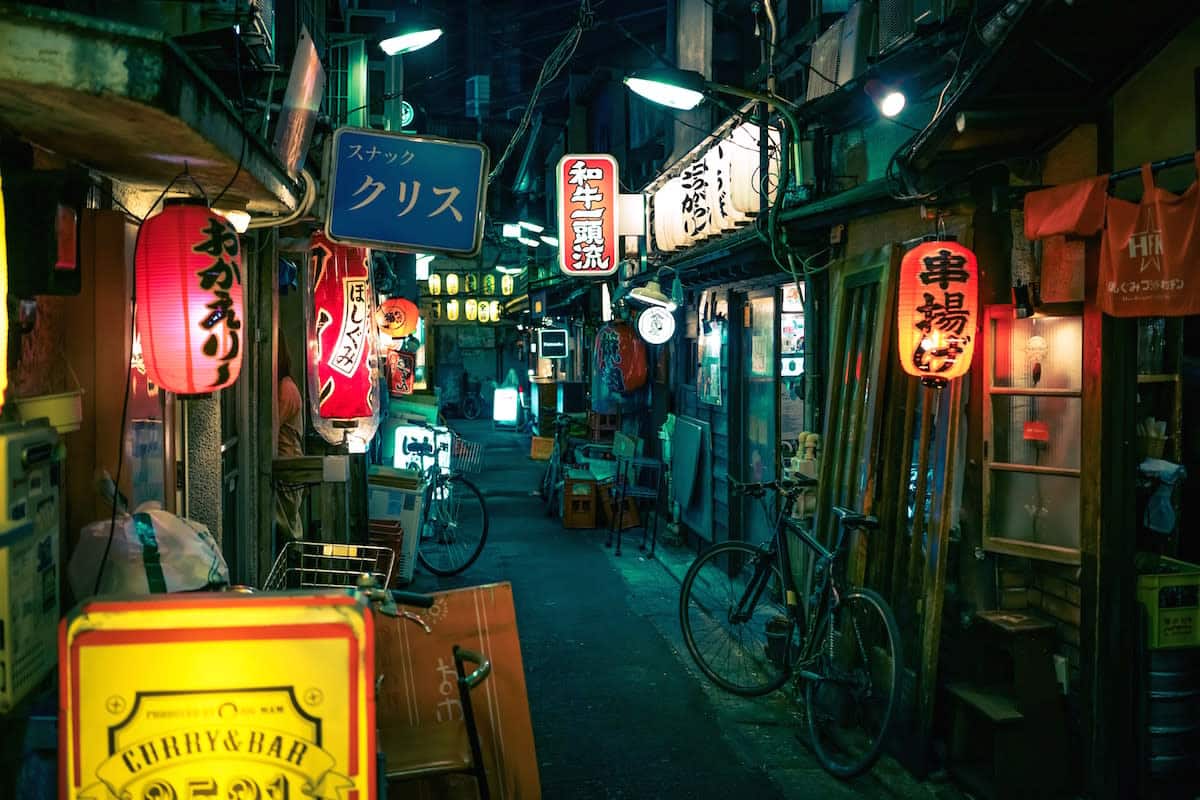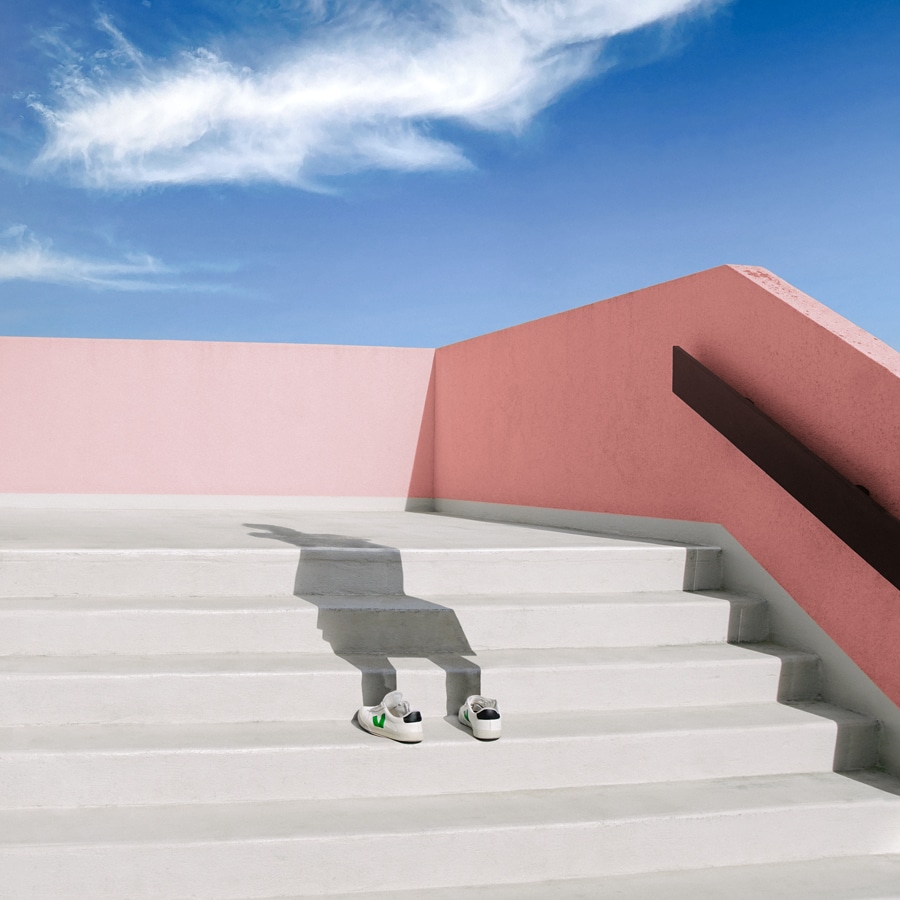Celebrated for her award-winning short films and experimental installations, Elisabeth Subrin’s latest work takes a more narrative approach. A Woman, A Part, starring Maggie Siff (Mad Men, Billions), tells the story of an exhausted L.A. actress who moves back to New York to reinvent herself. It’s a continuation of the work Subrin’s done for years: critiquing how women are portrayed in the media and the barriers of “working while female” in any creative industry.
Subrin believes that caring about actresses is a political act. As a writer and lecturer, she regularly discusses the relationship between feminism and film. On her Tumblr, aptly titled Who Cares About Actresses, she published a manifesto that says, “The roles actresses perform teach children how to be. These children become the adults who shape the world. The roles actresses perform dictate to the whole world what women should be. It doesn’t take Feminism 101 to point to the implications of the world we live in because of the limitations imposed on female representations.”
A Woman, A Part fights against the dismissive attitude Hollywood has for actresses. If no one is going to care about them, and what female roles mean for society at large, Subrin will. The result is a film that appears conventional in its plot but unravels the diverse female characters in a revolutionary way.
After premiering at The Rotterdam International Film Festival in February 2016, A Woman, A Part will be released more widely in U.S. theatres this month. We caught up with Elisabeth Subrin to learn more about her film, the difficulties of making an explicitly feminist work and advice for filmmakers who want to snag spots in festivals.
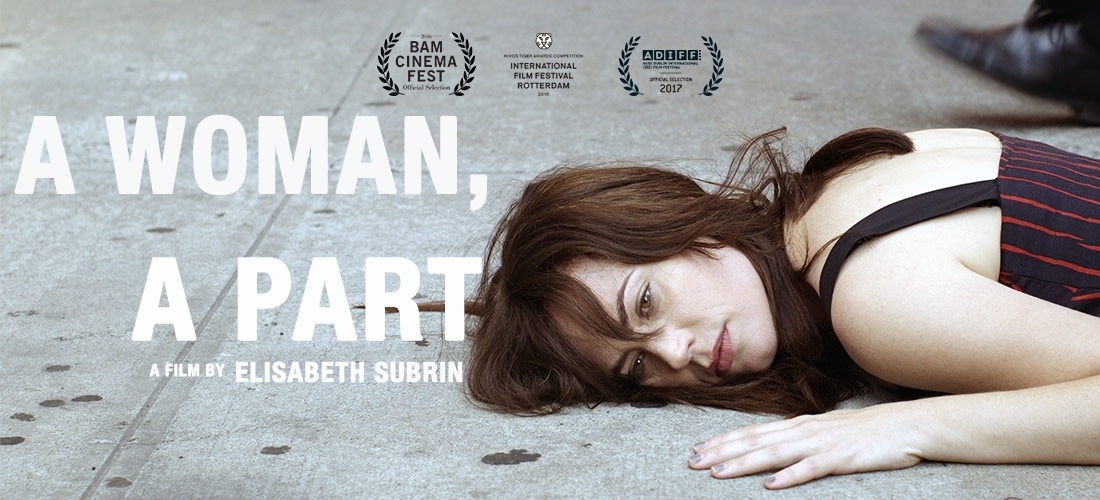
Format: Hi Elisabeth! In your new film A Woman, A Part, you highlight the female perspective in creative industries. When the lights go up, what do you hope the audience takes away?
Elisabeth Subrin: This film is about what happens when women are forced to be a product. When every element of filmmaking—writing, directing, editing, financing, producing, distributing, exhibiting, curating—is controlled by a particular demographic, which is heterosexual white men, the expression of women on screen is limited. There’s plenty of empirical evidence that shows that when women are involved in any of these roles, the expressions of women on screen are far more diverse and complex and interesting.
My film is most explicitly feminist when it tries to present complex, multi-dimensional female characters. If female subjectivity is only created through a man’s point of view, we are missing a huge part of the world, and I’m not even getting into racial and sexual differences, or questions about ability, class. I’m just talking about the broad sweep of 51% of the population.
Em A Woman, A Part, the protagonist Anna [played by Maggie Siff] has been manufactured by the entertainment industry in Hollywood. So she runs away and tries to detox by going back to New York—to her creative roots. I think her story gets at this situation where actresses are in a bind: on one hand, they want to act, but if they do that, they’re surrendering to an industry that’s not supporting them or nurturing them. And I see that as representative of the challenge women face in creative roles in general—it’s very very hard to escape the grasp of patriarchy.
Do you think there’s something about a feature length film that best expresses this story—of creative women being in this bind?
Absolutely. I spent almost twenty years making conceptual art with the moving image, and as I’ve gotten older, I’ve realized that I’m more and more interested in exploring emotions directly, through human beings as opposed to through more conceptual ideas or metaphors. Also quite simply, I love working with actors. And I like learning how to do things that I don’t already know how to do—I like that challenge. Every time I explored a rigorous formal or intellectual intervention with this script, it just felt like decoration or style. My producer Scott Macaulay and I both love rigorously innovative and challenging films. But with this film, we realized the story and emotional tenor was best served by directly putting forward the relationships between the characters and pulling back on obvious formal devices.
Re-staging of history is prevalent throughout your work. Is A Woman, A Part, in a sense, a re-staging of something?
Right off the bat, I recreate the characters in their younger selves in the credit sequence. They all have wigs on, and they’re all styled in clothes from the nineties. Anna’s journey is one back to the past. And in a way, all of the main characters are almost re-enacting past relationships they’ve had with one another. I think what’s interesting is that the characters are all meeting with each other in 2016, but they’re relating to each other from the nineties. So just within the psychological experience of the way they’re encountering each other, there’s past and present right there in the room. In terms of autobiographical re-staging: I definitely infused some of her issues with my own experiences—questions of burnout, autoimmune disease, and also career choices and not having children. I’m also obsessed with the past and feel like I walk around the world feeling quite aware of the past.
This latest film premiered at The Rotterdam International Film Festival and you’ve had a lot of success with film festivals. When you first started out, how did you land those screenings?
After I graduated from my MFA, I started sending out VHS copies in the mail. With my first film, I made a really well-designed cover that conveyed a sense of the film. Someone could just see the VHS and get some information about it before they’d even watched it. Obviously the equivalent today would be a well-designed website.
Around that time, I was in a group show that was written up by a good critic. Of course, because it was a group show, my film constituted a tiny portion of the critic’s article — he said probably three words about me. So I pulled his quote, and put it on the cover of that first film. And I started getting into festivals. So that’s 1990s branding — now you send links, and you do the same thing with a really well-designed website and smart decisions about what you do with your press.
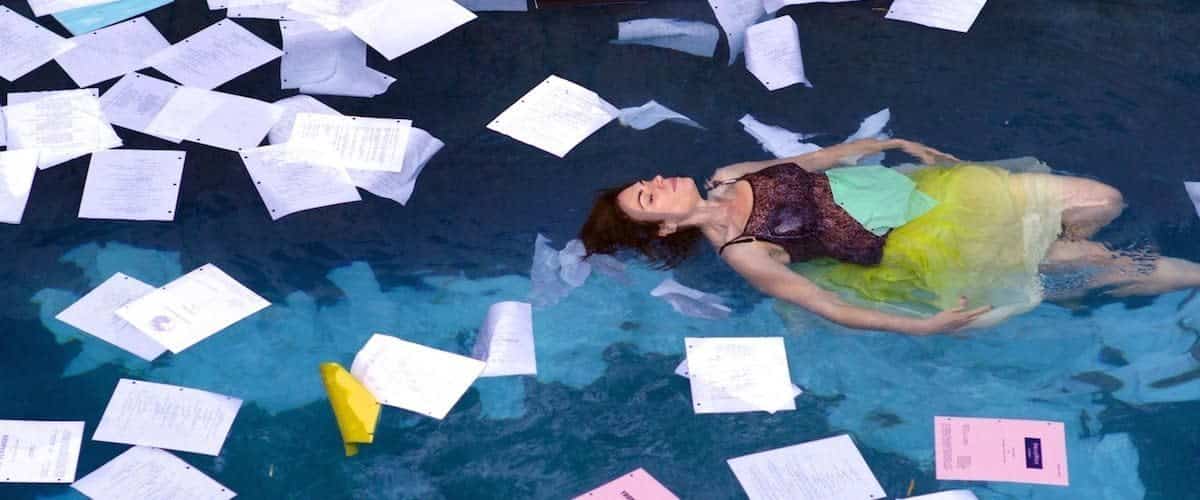
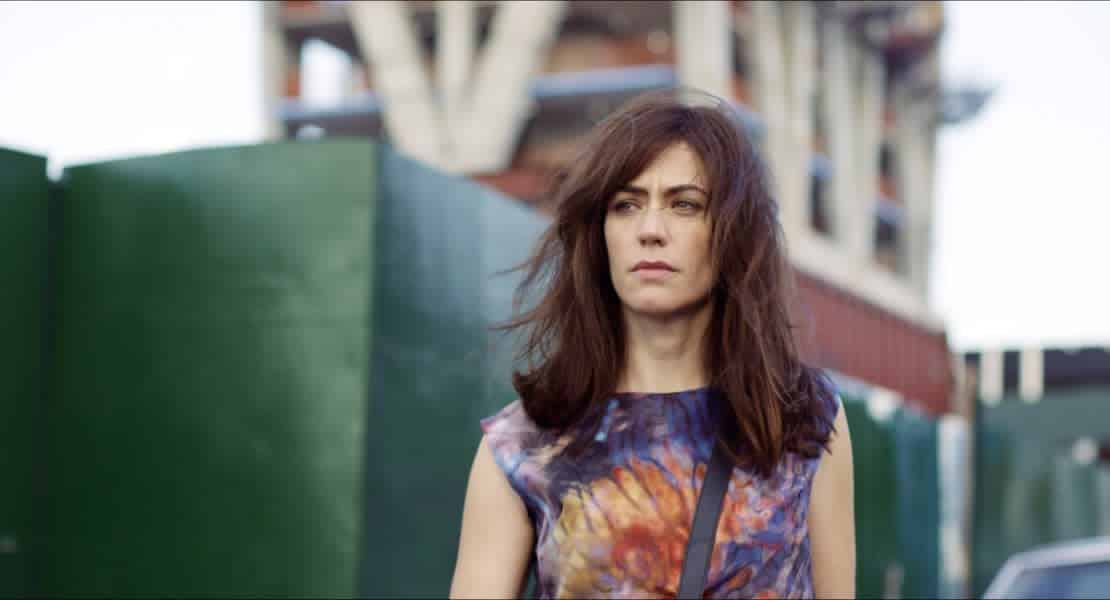
Any advice for getting a film past judges?
You need to imagine the perspective of the person you’re sending the work to. If you’re sending a film to a festival, remember that they’re watching a million films, and if they aren’t compelled by the first two minutes of your film, they’re not going to watch it. I often feel like I can tell from the first shot in a film if the director is in command of their process.
I remember talking to a programmer of a major festival, and he mentioned to me that he has to get up at four in the morning to watch submissions when they are coming in, because there are so many of them. There’s a lot of binge-watching on the part of the person you’re submitting to, so you really need to tell them that you’re in command of the work right out of the gate. Even in the credit sequence.
Any practical pieces of advice or insight for emerging artists (filmmakers and otherwise) who are making explicitly feminist work? Or is there anything you really wish you had known when you were younger?
I was very lucky to be exposed to a lot of feminist art, so I wasn’t re-inventing the wheel. I think that it’s important to look at work from the past.
Feminist art can be really marginalized, especially in the commercial art world and in the commercial film industry. The question of money becomes huge: how you can make art that a collector is going to want to buy? How are you going to survive if you can’t sell your art? Something I always tell my students: unless you want to teach, learn technology. For example, trying to find a woman color-correcting technician para A Woman, A Part was really difficult.
Speaking of money! You used a Kickstarter para Woman, A Part—any advice for running a killer crowdfunding campaign?
My producer Scott Macaulay is the editor of Filmmaker Magazine and he emphasized that we had to have a website for the Kickstarter. Really early on in the process, we hired someone to create a title design, so we knew that for the next two years, our design would be consistent. We started off the process with a photo test shoot, so we had these incredibly gorgeous images that we could use throughout the rest of the campaign.
If you’re trying to raise money before you’ve actually created a project, I would recommend that you do some beautiful test shoots. It’s also worth mentioning that it’s an around-the-clock job if you’re actually going to promote a Kickstarter effectively. You have to have a social network far in advance and figure out ways not to drive your friends crazy with all the posting. Something we were successful with was doing a countdown—28 reasons to support your Kickstarter, and then you do a post a day. And have good rewards!
Thanks for all the advice, Elisabeth. Anything else filmmakers should keep in mind?
My film A Woman, A Part was rejected from at least thirty domestic film festivals in the U.S. I think that had to do with both the formal decisions, which are quite subtle, and the content, which is explicitly feminist—it is shot through the consciousness of a woman, and visualized from a non-patriarchal gaze. Also, a film about a privileged, successful white actress only matters if you see it as making meaning beyond the obvious plot. The film can be read on the surface or through many layers.
Going through the process and getting some rejections, even when some amazing curators loved it and programmed it, definitely derailed my confidence at moments. Then, I’d feel better again when the film got a rave review and I’d find out that the run was being extended. It’s a roller coaster, and that level of susceptibility to others people’s opinions, that surface noise, is something that’s very hard to take care of yourself with.
You have to make art for yourself, and the people you love. Any practices that you can do to take care of yourself, do them. You need to keep your core strong to keep the feeling that there’s value in your work. Also, always think towards the long arc. Each thing you make is a step in your long journey as an artist.

A Woman, A Part opens in LA on April 14 at Laemmle Monica Film Center, and April 16th at Laemmle Playhouse 7 in Pasadena. On April 14th & 15th there will be Q&As with Elisabeth, Maggie Siff and other actors. Check out the film’s site and the trailer above.
Header photo by Julia Hembree
